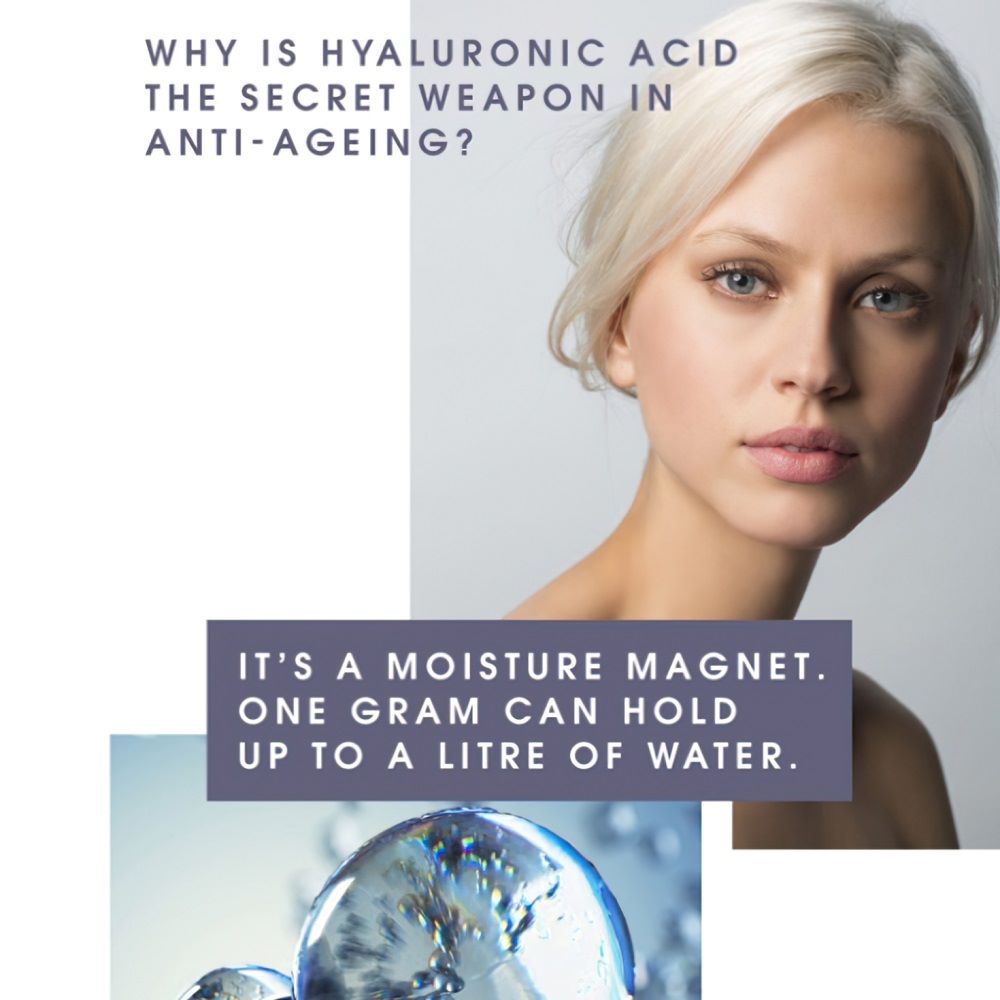I have written this blog with the intention to answer some common myths and misinterpretations around Botox®. Botox® treatment is the world’s number one cosmetic procedure, with it’s long standing profile within the medical and cosmetic industries, FDA approval and extensive and ongoing research.
Below are a list of the most common questions or misinterpretations I get asked about Botox®.
Isn’t Botox® a poison, and is toxic to the body?
Botox® is derived from a bacteria called clostridium botulinum, a naturally occurring protein consisting of human albumin protein and sodium chloride.
A common question in regards to Botox is; where does the human albumin come from? It is purchased from a division of the Bauer Corporation; the potential risk of spreading viral diseases via human serum albumin is extremely rare. No cases of viral diseases have ever been reported in association with Botox®.
It is non-toxic and is used in the medical field for over 20 medical conditions. Botox itself will not cause any infection in the body. It will not travel throughout the body, as it clots locally at the site of injection (in the muscle it is injected into).
It is FDA approved and has undergone vigorous testing and research.
Botox will make me look frozen.
Gone are the days of faces that do not move, or eyebrows that meet your hairline! If a knowledgeable, natural results focused practitioner injects low doses, the likelihood of being unable to move your face or to “freeze” it is highly unlikely. The idea behind botox® treatment is to gently relax the muscle so it can still move, but soften it so that the lines are smoother. No body likes a frozen expressionless face; everyone likes a smooth, rejuvenated face that can still function as it is meant too!
Frozen faces are generally the result of heavy handed dosing, incorrect placement and often involve other treatments too.
If I stop having Botox will my face sag or droop?
This is absolutely not true, and a fighting myth at that! Botox is clinically indicated to last 3-6 months, depending on the area treated and dose used.
It is injected into specific muscles of the face, where it acts on neurons, and blocks the signals from the nerves to the muscles. It does not activate muscles, or tighten them. It allows those certain muscles to stay relaxed, resulting in the lessening of wrinkles in the skin, and giving the patient a smoother appearance.
After this time, the muscle produces new nerve synapses and you regain full muscle contraction, just as you had prior to treatment. You can stop having treatment at any stage, regardless of how long you have been having it for, with no long-term effects.
Will Botox® give me a “wrinkle free” face?
Botox works on dynamic wrinkles- the ones that occur when we make facial expression, such as frowning, or smiling. Lines that have now become permanent (static) will soften but not go completely. With regular Botox® treatment and the addition of other treatments such as needling or laser, we can achieve further softening of these permanent lines.
Is Botox is painful?
Botox is commonly referred to as a “lunch time” procedure. Quick, virtually pain free and no down time. We use insulin needles that are very fine, and you can return to your day within 45 minutes of treatment and no one will have a clue!
These are just a few of the main questions I get asked in clinic, please schedule an initial consultation to learn more about Botox® and whether you are an appropriate candidate for this refreshing treatment.




